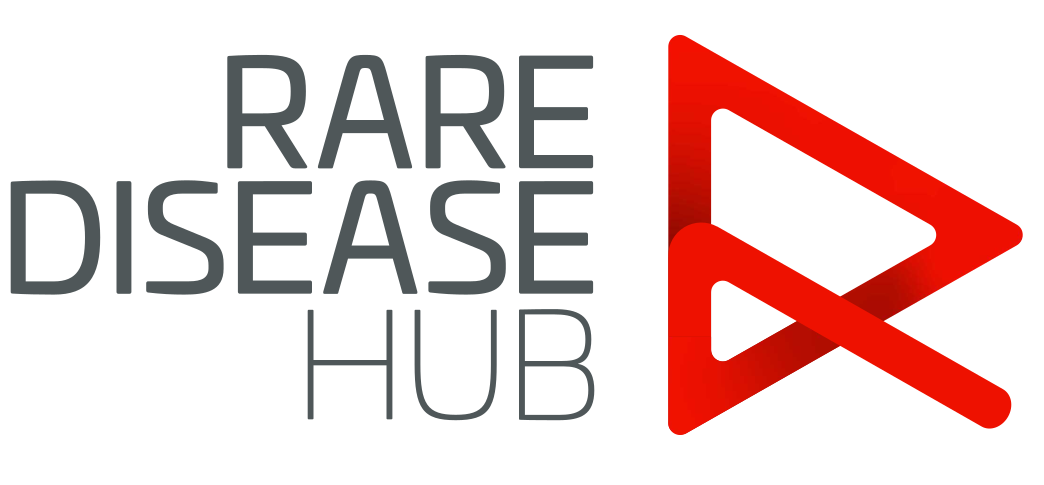
The European Society for Organ Transplantation (ESOT) 2023 Highlights
Summary of highlights from ESOT Congress 2023; 17-20th September 2023; Athens, Greece, selected by Dr Sapna Shah and Dr Muir Morton.
Dr Sapna Shah, Consultant Nephrologist and Clinical Lead for Transplantation at King’s College Hospital, and Dr Muir Morton, Clinical Director of Urology, Renal & Transplantation at Manchester Royal Infirmary, will be discussing their selected topics from the European Society for Organ Transplantation (ESOT) Congress 2023 and how these topics may impact current practice in the UK.
Topics chosen:
1. Burden of Refractory/Resistant Cytomegalovirus or Cytomegalovirus Drug Intolerance in Solid Organ Transplant Recipients: European Subgroup Analysis.
2. Real-life implementation of a strategy based on CMV-specific cell-mediated immunity to guide CMV preventive therapy in solid organ transplantation.
Blumberg E, et al. (BOS7_4): Burden of Refractory/Resistant Cytomegalovirus or Cytomegalovirus Drug Intolerance in Solid Organ Transplant Recipients: European Subgroup Analysis.
In this brief oral presentation, data was presented describing the management and outcomes of adult solid organ transplant patients with resistant/refractory or conventional treatment intolerant CMV infection (RRI). This was a retrospective, international (US and Europe), multicentre study (OTUS SOT), following patients with CMV RRI transplanted since January 2014. The data presented analysed 112 patients from European transplant centres who were followed up >3 years. Valganciclovir was used as a prophylactic agent in all patients where prescribed and as treatment in 89%. During treatment 53% required 2 or more anti-CMV therapies and 14% required foscarnet. The analyses highlighted the challenge of treatment toxicity relating to valganciclovir with 74% of those treated experiencing myelosuppressive events and 87% needing either discontinuation or drug dose change. 23% of treated patients failed to achieve CMV viraemia clearance and 19% of treated patients experienced recurrence. Graft loss occurred in 8% of patients, and patient mortality 1 year after RRI identification was 16%.
This study highlights the ongoing challenge of CMV infection after solid organ transplantation. In particular, it highlights the limitations of our current prophylactic and therapeutic agents valganciclovir and ganciclovir in terms of toxicity, particularly in myelosuppression. The occurrence of myelosuppression and treatment toxicity may have an impact on subsequent effective treatment and CMV clearance. There is a chance of adverse outcomes such as implication of graft protection, particularly if immunosuppressive drugs such as mycophenolate are withdrawn/reduced due to neutropenia or severe leukopenia, or where antiviral therapy is unsuccessful in clearing CMV infection. The work presented highlights the need for the development of strategies and therapies to effectively screen for and monitor CMV viraemia. This is important for effective prophylaxis and viral suppression and to avoid and treat CMV disease, whilst avoiding treatment toxicity and ideally immunosuppressive strategies that may pose a risk to longer-term graft survival.
Kervella D, et al. (BOS7_2): Real-life implementation of a strategy based on CMV-specific cell-mediated immunity to guide CMV preventive therapy in solid organ transplantation.
Prof. Kervella presented an abstract in the post kidney transplant complications and infections session on Monday 18th September.
Complications following drug prophylaxis for CMV infection are common and therefore limiting drug toxicity by treating only those at high risk of CMV is an attractive strategy. In this single-centre study in Barcelona, Spain, the author and colleagues evaluated a new strategy guided by CMV-specific cell-mediated immunity for CMV prevention in 147 solid organ transplant recipients. 75 patients who did not receive T-cell depletion induction therapy were assessed for CMV cell-mediated immunity using T-SPOT CMV assays for 2 major CMV antigens (IE-1/pp65). These patients were then and then classified as high, intermediate, and low risk after kidney, liver, or heart transplantation. Low-risk patients exhibit T cell responses to both IE-1 and pp65 CMV antigens whilst intermediate-risk patients demonstrated a response to either IE-1 or pp65. Whereas high-risk patients demonstrated below threshold T cell response to IE-1 and pp65 detected using IFN-Gamma production in ELISPOT assays. Following this, 42% of those classified as high-risk, 19% of intermediate, and none from the low-risk group received prophylaxis. For those that did not receive prophylaxis, 4.1% classified as low-risk, 14% as intermediate and 14% as high-risk developed CMV infection. In the second cohort of patients, the STOP- prophylaxis group, all patients (n=71) were initiated on prophylactic therapy as they had received T-cell depleting agents following kidney transplantation. In this group, prophylaxis was withdrawn in 100% of all low-risk patients, 76% of intermediate-risk patients and 64% of high-risk patients. In the low-risk patients, 0 developed CMV infection, 3/12 in intermediate-risk developed CMV infection and 9/12 in high-risk developed CMV. This interesting study showed that CMV cell-mediated immunity-based risk stratification can identify at-risk patients and allow for tailoring of prophylaxis even after treatment with T-cell-depleting induction agents.
References
Blumberg E, et al. Burden of Refractory/Resistant Cytomegalovirus or Cytomegalovirus Drug Intolerance in Solid Organ Transplant Recipients: European Subgroup Analysis. Presented at the ESOT Congress 2023; 17-20th September 2023; Athens, Greece.
Kervella D, et al. Real-life implementation of a strategy based on CMV-specific cell-mediated immunity to guide CMV preventative therapy in solid organ transplantation. Presented at the ESOT Congress 2023; 17-20th September 2023; Athens, Greece.
Topics chosen:
1. Gamma-Delta T cell Therapy for Post-Transplant Cytomegalovirus Infection: Proof of Concept.
2. Gliflozin in Renal Transplantation: A Multi-Centre Observational Study (GREAT-ASTRE).
Marsѐres G, et al. (BOS2_9): Gamma-Delta T cell Therapy for Post-Transplant Cytomegalovirus Infection: Proof of Concept.
This abstract was presented at the translational transplant immunology session as a Brief Oral. It gives an interesting summary of exploratory work investigating adoptive T-cell therapies as a potential treatment for CMV disease. It advances knowledge and potential therapeutic options where current standard of care therapy for CMV infection and disease is limited by marked treatment toxicity, potential resistance to therapy, and refractory disease.
In this pre-clinical study, the authors report enrolling kidney transplant recipients with refractory CMV disease along with healthy CMV seropositive and negative donors. Peripheral blood was obtained from study participants and Gamma-Delta (Υδ) T cells, sorted, amplified, and activated in vitro using a T-cell receptor. The reactivity of expanded Υδ T cells against CMV-Infected target cells was also measured in vitro.
The authors report use of a human cell immunotherapy protocol which allowed reproducible amplification of Υδ cells from the enrolled donors. The amplified cells are reported to display an activated and differentiated phenotype and produced Υ interferon in the presence of infected fibroblasts, endothelial cells, and macrophages. Additionally, control of viral dissemination in vitro was observed. Viability of the Υδ T cells was also observed and preserved in the presence of immunosuppressive drugs used in transplantation.
The authors now have moved to a pre-clinical mouse model to evaluate efficacy of these Υδ T cells against CMV. They suggest that a future phase 1 clinical trial should be planned to evaluate the efficacy of these cells to potentially treat CMV disease in seropositive and negative recipients.
We have seen the use of adoptive T-cell immunotherapy strategies in solid organ transplantation in the setting of EBV infection and PTLD with presentations at ESOT this year. The use of anti-CMV adoptive T-cells is attractive as another option for the treatment of refractory and resistant CMV which continues to pose a risk to patient and graft survival after transplantation.
Maigret L et al. (BOS10_5): Gliflozin in Renal Transplantation: A Multi-Centre Observational Study (GREAT-ASTRE)
The landmark studies of DAPA CKD, CREDENCE, and EMPA-Kidney collectively showed that SGLT-2 inhibitors (SGLT-2i ) reduce pressure and inflammation in the kidneys. Consequently, this reduces the risk of declining kidney function, end-stage kidney disease and cardiovascular events. However, as kidney transplant patients were not included in these studies, uncertainty remains on the benefits and risks of SGLT-2 inhibitors in this group of patients. In the absence of clinical trials, real-world data provides an opportunity to assess the effects of this class of drugs in kidney transplant patients. The authors identified 265 kidney transplant patients in 13 centres from the ASTRE database in France who were receiving SGLT-2i with the aim of determining safety profiles and prescribing patterns. They found that 95% of the patients were prescribed dapagliflozin 10 mg daily and nearly 70% also had a diagnosis of diabetes mellitus.
Data was collated from follow-up visits at 3 and 6 months after commencing the SGLT-2i. The authors found that serum creatinine level increased from 144±44 μmol/L at initiation to 156±55 μmol/L at month 3, p=0.0001, followed by a stabilisation by month 6 (160±60 μmol/L). A significant decrease in systolic blood pressure was observed between initiation and month 3 (146±21 mmHg vs. 140±19 mmHg, p=0.036) with a further stabilisation at month 6 (142±19 mmHg). Similar results were observed with diastolic blood pressure. Only 12 urinary tract and 2 genital infections were reported, without any ketoacidosis. The GREAT-ASTRE is the largest reported series of kidney transplant patients receiving SGLT-2i and the abstract provided reassurance on the safety of SGLT-2i after transplantation, with a suggestion of longer-term benefit. The authors plan to report the long-term data in the future to determine whether the benefits of SGLT-2i in patients with a kidney transplant are similar to those with chronic kidney disease.
References
Marsѐres G, et al. Gamma-Delta T cell Therapy for Post-Transplant Cytomegalovirus Infection: Proof of Concept. Presented at the ESOT Congress 2023; 17-20th September 2023; Athens, Greece.
Maigret L et al. Gliflozin in renal transplantation: A multi-center observational study (GREAT-ASTRE). Presented at the ESOT Congress 2023; 17-20th September 2023; Athens, Greece.
Topics chosen:
1. Outcomes Following Arterio-Venous Fistula Ligation Following Kidney Transplantation.
2. Can we restore the regenerative capacity of old kidneys?
Zhu C & Willicombe M. (BOS10_13): Outcomes Following Arterio-Venous Fistula Ligation Following Kidney Transplantation.
Best practice recommendations for the management of vascular access after kidney transplantation are limited. The EKITA SUS “Comorbidities management post kidney transplant” session on Monday 17th September chaired by Baris Amin and Janis Rotmans highlighted gaps in our knowledge relating to arteriovenous fistula (AVF) in transplanted patients. They asked questions such as: What is the cardiovascular burden of an AVF for a transplant patient, can ligation restore or prevent further cardiac damage and what is the likelihood of spontaneous occlusion of an AVF after transplant? Their review of published literature suggests that an AVF present after transplant will result in increased cardiac output, left ventricular hypertrophy, an increase in left ventricular (LV) mass, and right ventricular dysfunction and dilatation. A brachiocephalic fistula with a blood flow of 2 L/ minute over 10 years of transplantation will result in an excess cardiac output of 10 million L (the equivalent of 4 Olympic swimming pools). In contrast, ligation of a fistula in a transplant patient can result in a reduction in LV mass by approximately 14% compared to those with continued presence of a patent AVF. In addition, ligation may result in cosmetic improvements. However, while ligation may be recommended in an uncomplicated AVF in an individual with good predicted long-term graft survival and the potential for AVF reconstruction after transplant failure, for others the decision is not so straightforward. For example, those who may need plasma exchange post-transplant, those with poorer graft function, those with complicated AVF with a greater risk of post-ligation thrombophlebitis, and those with post-ligation aneurysm formation, may wish to preserve their access.
In the study above from Imperial College, UK, the authors add to knowledge suggesting ligation may be beneficial in selected patients after transplantation. Using their prospective database, they followed 190 patients who underwent ligation and 380 without ligation after kidney transplant. In the ligation population 33% were white, 19% had diabetes and 76% deceased donor transplant, and median time to ligation post-transplant was 2.5 years with a follow-up of 6.4 years. In this study focusing on graft survival, fistula excision was independently associated with a reduced risk of all cause graft loss HR 0.4 (P<0.0001), and death-censored graft loss, HR 0.35. Associated with all cause graft loss was diabetes and time to AVF tie off post-transplant, while time to tie off was also associated with death censored graft loss.
More studies are needed on the risks of a patent AVF following successful transplantation and the risks and benefits of ligation on cardiac, graft, and patient outcomes.
Ferenbach D (State of the Art presentation): ‘Can we restore the regenerative capacity of old kidneys?’
There are not enough donors for all our patients waiting for transplantation. Optimising all potential donor organs may lead to improved outcomes with more patients having a successful transplant. In this state-of-art session, Prof. Ferenbach started by drawing on a common clinical scenario – whether to accept a younger donor with 222 HLA mismatch or an older donor with 000 HLA mismatch. The majority of the audience voted for the better-matched kidney, but he presented data from the UNOS database showing that outcomes are significantly better from younger donors, and kidneys from donors above the age of 60 years have a 69% increased risk of graft failure in multivariate analysis, compared to donors between the ages of 16-35 years. Older kidneys show specific histological changes such as glomerulosclerosis, interstitial fibrosis and vasculopathy, which are all features that overlap with chronic kidney disease.
Innovatively, his group are considering how to target and modulate these changes i.e., restore old kidneys. In particular, they are focusing on cellular senescence whereby cells exhibit permanent growth arrest and have an altered transcriptome, which is termed senescence-associated secretory phenotype (SASP). This adaptive change is important to both prevent tumour formation and promote wound healing. However, in the setting of ageing, the SASP signals correlate with reduced transplant survival.
Prof. Ferenbach and his team reviewed landmark data that showed that depleting senescent cells in mouse models leads to increased survival. His group then proceeded to investigate senescence in the kidney. They identified that CKN2A (coding for P16ink4a) and CDKN1A (coding for p21cip1) gene expression are upregulated in CKD kidneys compared to healthy kidneys and that p21cip1 levels increase with age and senescence. In their mouse model, they showed that inhibition of p21cip1 ameliorated senescence prior to transplantation and reduced the injury associated with ischaemia reperfusion. This was the same in the unilateral ureteral obstruction model, leading to reduced fibrosis in the kidney and improved renal function. This led to the two-hit hypothesis of why kidneys from older donors have inferior outcomes; firstly, pre-existing senescent cells in aged or previously injured kidneys have less regenerative ability which promotes fibrosis, and secondly transplantation induced ischaemic reperfusion injury generates further senescent cells, reducing regenerative capacity whilst increasing fibrosis and immunogenicity.
Prof. Fenebach’s group can quantify epithelial senescence in human kidneys by staining kidney biopsies and have shown that the degree of epithelial senescence correlates with kidney function. Furthermore, they have also identified two urinary proteins that predict epithelial senescence and patient outcomes in CKD which could be an attractive tool in clinical practice.
Can we regenerate the aged kidney? Not right now but, given the progress being made in this field, it may be possible in 5 years’ time, as there are several drugs in development to target senescent cells. The potential to take a donor kidney, quantify senescence by measuring urine proteins, and then target and clear senescent epithelial cells to significantly improve graft outcomes is an appealing prospect.
References
Zhu C & Willicombe M. Outcomes following arterio-venous fistula ligation following kidney transplantation. Presented at the ESOT Congress 2023; 17-20th September 2023; Athens, Greece.
Ferenbach D. Can we restore the regenerative capacity of old kidneys? Presented at the ESOT Congress 2023; 17-20th September 2023; Athens, Greece.
The content from ESOT 2023 is created independently of Takeda.


